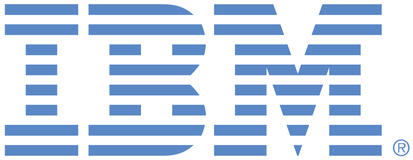
This portal is to open public enhancement requests against IBM Power Systems products, including IBM i. To view all of your ideas submitted to IBM, create and manage groups of Ideas, or create an idea explicitly set to be either visible by all (public) or visible only to you and IBM (private), use the IBM Unified Ideas Portal (https://ideas.ibm.com).
Shape the future of IBM!
We invite you to shape the future of IBM, including product roadmaps, by submitting ideas that matter to you the most. Here's how it works:
Search existing ideas
Start by searching and reviewing ideas and requests to enhance a product or service. Take a look at ideas others have posted, and add a comment, vote, or subscribe to updates on them if they matter to you. If you can't find what you are looking for,
Post your ideas
Post an idea.
Get feedback from the IBM team and other customers to refine your idea.
Follow the idea through the IBM Ideas process.
Specific links you will want to bookmark for future use
Welcome to the IBM Ideas Portal (https://www.ibm.com/ideas) - Use this site to find out additional information and details about the IBM Ideas process and statuses.
IBM Unified Ideas Portal (https://ideas.ibm.com) - Use this site to view all of your ideas, create new ideas for any IBM product, or search for ideas across all of IBM.
ideasibm@us.ibm.com - Use this email to suggest enhancements to the Ideas process or request help from IBM for submitting your Ideas.
IBM believes the best solution for this situation is to move the source into the IFS. We do not intend to pursue a change to the RUNSQLSTM command at this time.
Db2 for i development team
IBM Power Systems Development
Using the IFS to store source is not an option for us at this time (we're looking into it); however, I've tried it on a few sources and it works if you remember to end each line with a blank.
We've struggled with this long text for years. We can continue to do so, or write our own pre-processor for the source member (or stop putting comments on tables -- it IS kinda silly isn't it?).
Using the IFS to store RUNSQLSTM source does not have the problem with blanks that you describe. Switching to use the IFS would allow the removal of excess trailing blanks, which is the root of your problem. Would this be a possible alternate work around?
To implement this Idea, we would need to introduce a new parameter on the RUNSQLSTM command to let the user provide a continuation character for strings. The user would need to be aware of what characters exist in their source in order to set this character appropriately. We question whether implementing something like this would have significant adoption by the user community.
We are interested in comments from the submitter or any interested party.
Db2 for i development
IBM Power Systems Development